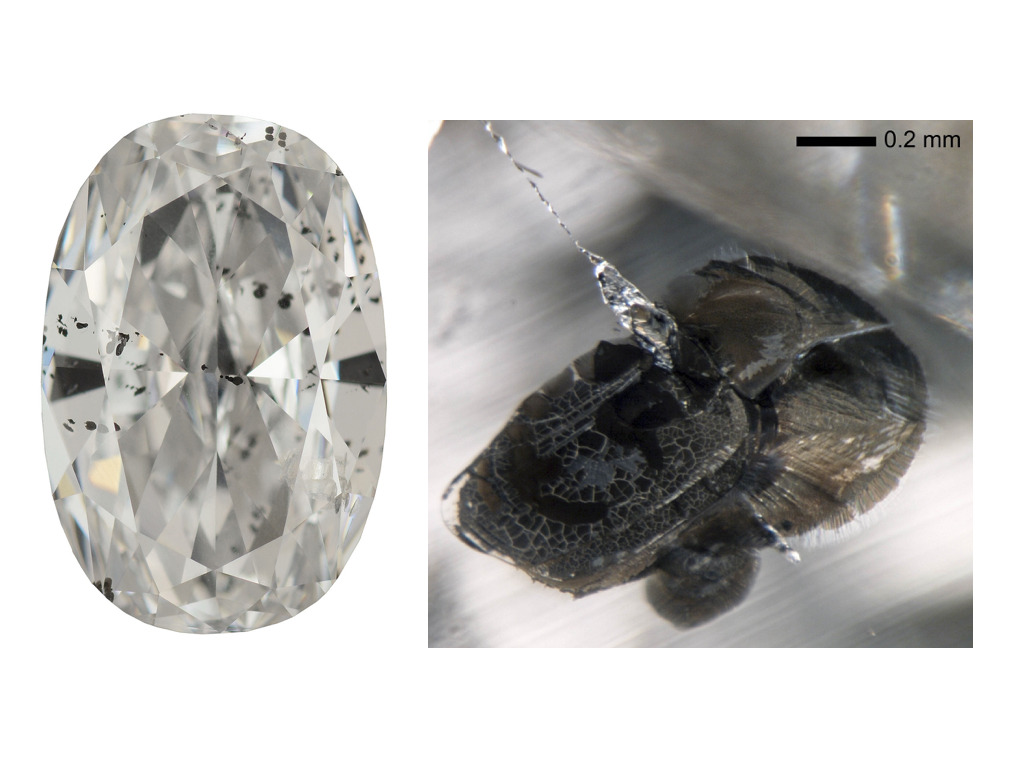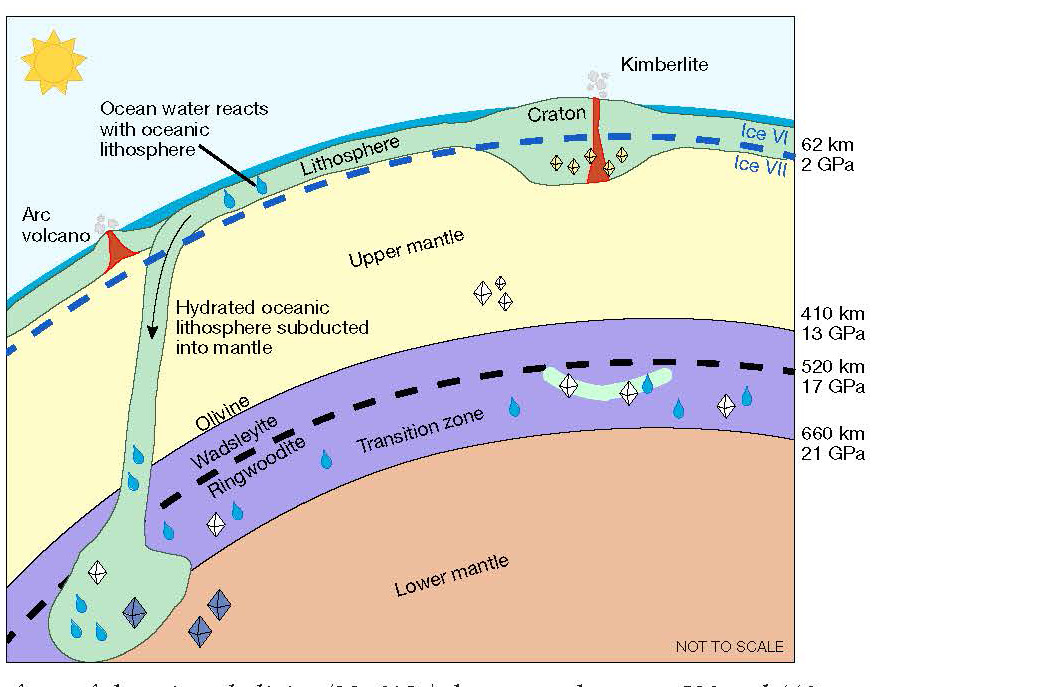Diamonds Reveal Tectonic Plate Graveyards
Carnegie In The News
"Using some of the largest telescopes in the world, we are now completing the inventory of small moons around the giant planets,’ said Sheppard. ‘They play a crucial role in helping us determine how our Solar System’s planets formed and evolved."

The National Science Foundation (NSF) recently awarded a grant to a team of researchers, led by Carnegie’s Steven Shirey, Anat Shahar, Michael Walter, and Peng Ni with colleagues Evan Smith and Wuyi Wang from the Gemology Institute of America (GIA). The goal is to study minerals trapped in superdeep diamonds—those from some 320 miles (520 km) deep and deeper—to understand material recycling and compositional changes in Earth’s mantle transition zone. They want to discern the fluid evolution and melting processes that occur when slabs from Earth’s surface sink deep into the planet, a process known as subduction. These analyses can reveal processes at greater depths than other mineralogical studies.
Earth’s mantle is divided into an upper mantle, a mantle transition zone, and a lower mantle. The transition zone is between 250 and 410 miles deep (410 and 660 km). Surface plates of seawater-altered oceanic floor rock plunge into this region, remain cold until great depth, then heat up releasing water, hydrogen, carbon, boron, and iron-bearing fluids. The fluids migrate into the surrounding mantle. This “recycling,” over billions of years, affects deep-mantle geochemistry. Diamonds form when the fluids react with the mantle, encasing and preserving coexisting minerals.
The team will analyze iron and carbon isotopic composition—different forms of each atom—and the metallic, oxide, and silicate minerals of superdeep diamonds to determine elemental compositions. A recent Carnegie/GIA collaboration used the iron-isotope system to trace the source of iron in these metallic minerals. Their work showed that some superdeep, subduction-related diamonds, from 460 miles (750 km) down, had exceptionally heavy iron isotopic compositions, different from known deep-mantle compositions. The heavy iron suggests deep subduction recycling of seawater-altered peridotite. Peridotite, the main rock in the mantle portion of Earth’s ocean floor plates, becomes altered when plates bend before they subduct, which conveys surface components to the middle of Earth’s mantle. Upon reaching the transition zone, plates stall, warm up, release their fluid, and change. Some die there, never to reach the lower mantle.
This iron-isotopic analysis could be a powerful tool for testing iron sources in superdeep diamonds. The NSF-sponsored research will see if the different phases of iron oxide in so-called carbonatitic diamonds and diamond with metallic minerals are related. This would link the crust and the mantle portion of the deep slab by the same process.

A faceted superdeep diamond with mineral impurities is shown left, with a close-up of the impurity on the right. Image courtesy Evan Smith
Superdeep diamonds come to the surface through explosive volcanic eruptions that originate at great depth. Scientists can then analyze the impurities to determine the composition and processes occurring in the deepest parts of the Earth.
A faceted superdeep diamond with mineral impurities is shown left, with a close-up of the impurity on the right. Superdeep diamonds come to the surface through explosive volcanic eruptions that originate at great depth. Scientists can then analyze the impurities to determine the composition and processes occurring in the deepest parts of the Earth.
Image courtesy Evan Smith

This diagram shows the three layers of the mantle, and the process of oceanic plate subduction into the mantle transition zone where diamonds can form. When diamonds form, they can encase and preserve the surrounding material. Image courtesy Karen Smit

Carnegie’s Steve Shirey (first), Anat Shahar (second), Mike Walters (third), and Peng Ni, with colleagues, were awarded a National Science Foundation grant to study impurities trapped in superdeep diamonds to understand material recycling and composition in Earth’s deep mantle transition zone.
Images courtesy Graham Pearson and Carnegie Institution for Science
